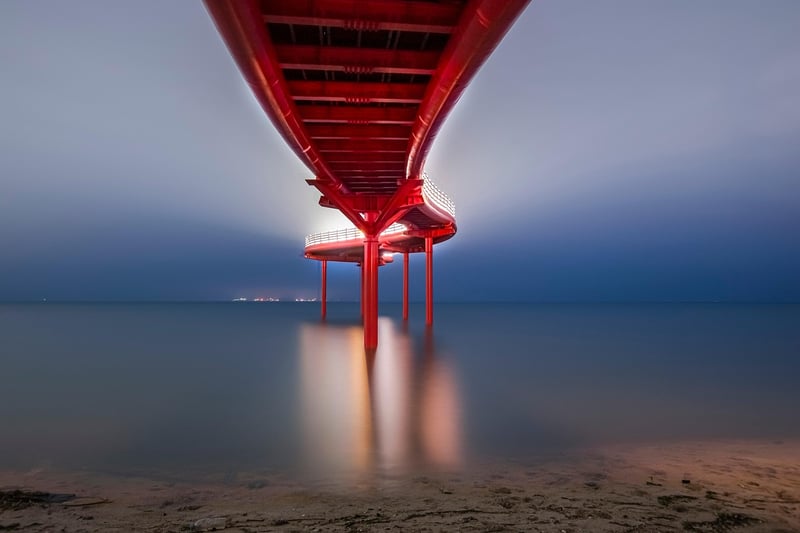Bridge Structures
Achieving Equilibrium in Garden Design and Bridge Structures
The Harmony of Nature and Engineering
When it comes to design, whether in gardens or bridge structures, achieving equilibrium is key. Both garden design and bridge engineering require a delicate balance of aesthetics and functionality. Let's explore how these two seemingly different fields can find harmony through equilibrium.
Garden Design
In garden design, equilibrium is about creating a space that is visually appealing while also being sustainable and in harmony with nature. A well-designed garden considers factors such as plant selection, layout, hardscaping elements, and environmental impact.
Plants are carefully chosen to complement each other in terms of color, texture, and growth patterns. The layout of the garden takes into account the natural flow of the land and creates spaces that are both inviting and functional. Hardscaping elements like paths, walls, and water features add structure and interest to the garden.
Key Elements of Garden Design:
- Plant Selection
- Layout
- Hardscaping
- Sustainability

Bridge Structures
Similarly, in bridge engineering, equilibrium is achieved by balancing structural integrity with aesthetic appeal. Bridge designers must consider factors such as load-bearing capacity, materials selection, environmental impact, and design aesthetics.
The structural components of a bridge, such as beams, arches, and cables, are carefully designed to distribute weight evenly and withstand various loads. The choice of materials, whether concrete, steel, or wood, plays a crucial role in the bridge's durability and longevity.
Key Elements of Bridge Structures:
- Structural Integrity
- Materials Selection
- Load-Bearing Capacity
- Aesthetics

Finding Balance
Both garden design and bridge engineering share the common goal of finding balance and equilibrium in their respective designs. By incorporating elements of sustainability, functionality, aesthetics, and structural integrity, designers in both fields can create spaces and structures that not only look beautiful but also stand the test of time.
Next time you visit a garden or cross a bridge, take a moment to appreciate the equilibrium achieved by the designers who seamlessly blend nature and engineering into a harmonious whole.
